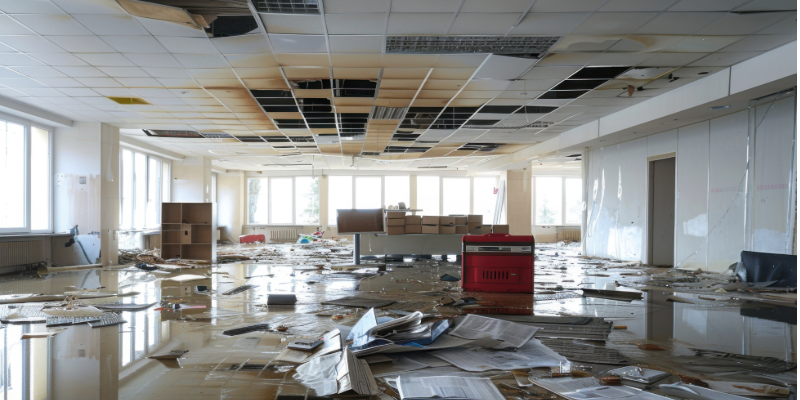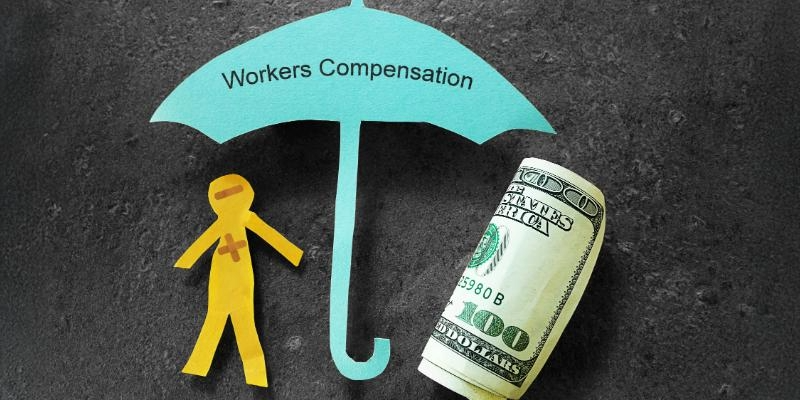E&O: Your Business's Secret Weapon
Safeguarding Your Business: The Essential Role of Errors & Omissions
The average professional liability claim exceeds $50,000—how would your business survive such a financial hit? This staggering figure highlights the critical importance of having the right safeguards in place to protect your business from financial devastation. Hello everyone, welcome to our discussion on a vital topic for small business owners: professional liability insurance, commonly known as errors and omissions (E&O) insurance. For a general discussion on E&O insurance, you can read more here.
Why Professional Liability Insurance Matters
Professional liability insurance is more than just a safety net; it's a cornerstone of a robust risk management strategy. It shields your business from claims of negligence, errors, or omissions in the services you provide. Whether you're a consultant, contractor, healthcare provider, or any professional offering services or advice, this coverage is indispensable. It ensures that your business isn't financially crippled by a claim, covering legal defense costs, settlements, and judgments.
Key Coverage Areas
1. Negligence and Errors: Professional liability insurance covers risks related to negligence or performance issues within your business. For instance, if you're a CPA, real estate agent, or contractor providing guidance that is perceived as negligent or incorrect, this insurance can reimburse you for legal defense and settlement costs, safeguarding your reputation and financial stability.
2. Industry-Specific Risks: Different industries have unique risks and requirements. Healthcare professionals might need malpractice coverage, while IT consultants may require protection against software errors. Tailoring your policy to your industry's specific risks ensures comprehensive protection. For example, real estate agents often need coverage for Fair Housing compliance and protection of personally identifiable information (PII), which is crucial in maintaining client trust.
3.
Contractual Obligations: Many clients require proof of professional liability insurance before entering into contracts, especially in industries like real estate, law, and finance. Having this coverage not only protects your business but also enhances your credibility and professionalism in the eyes of potential clients, making you a more attractive partner.

Optimizing Your Professional Liability Insurance
1. Maintain Accurate Documentation: Keeping detailed records of client interactions, contracts, and project specifications is invaluable in defending against claims. Accurate documentation can help resolve disputes quickly and may even lead to lower premiums, as insurers appreciate your commitment to risk management. This proactive step can save you time and money in the long run.
2. Regularly Review and Update Your Policy: As your business evolves, so do your risks. Regularly reviewing and updating your professional liability policy ensures it aligns with your current operations and client base. This proactive approach can prevent coverage gaps and ensure adequate protection. For example, if you expand from residential to commercial work, your policy should reflect this change to avoid potential exposures.
3.
Demonstrate Strong Risk Management Practices: Insurers often view businesses with robust risk management as lower risk, which can positively influence your premiums. This includes having clear procedures for quality control, client communication, and project documentation. By refining these processes, you not only enhance your operational efficiency but also strengthen your business's resilience against potential claims.
Additional Considerations
- Understanding Policy Limits and Deductibles: It's essential to comprehend the limits and deductibles of your professional liability policy. Knowing these details helps you manage potential out-of-pocket expenses and ensures that your coverage is sufficient for your business's needs. Consult with your insurance provider to tailor these aspects to your specific risk profile.
- Training and Education: Investing in regular training and education for your team can significantly reduce the likelihood of errors and omissions. By keeping your staff informed about industry standards and best practices, you foster a culture of diligence and accountability, further mitigating risks associated with professional liability.
For more detailed information on contractors E&O insurance, check out this article.
If you have any questions about professional liability insurance or other insurance needs, feel free to reach out to us. Follow us on YouTube and Facebook for more insights. Remember, thrive today, protect tomorrow!










